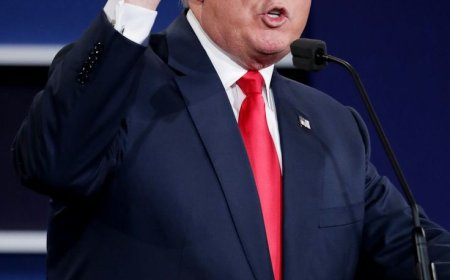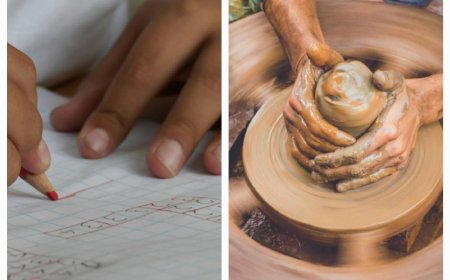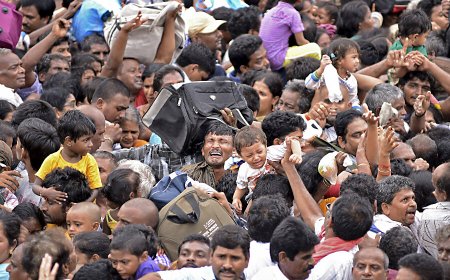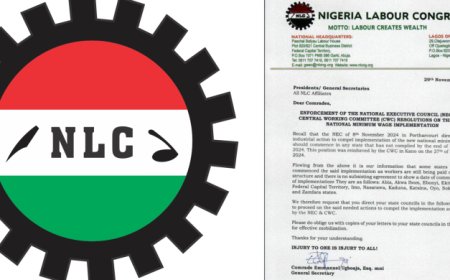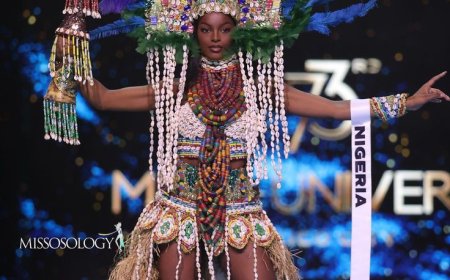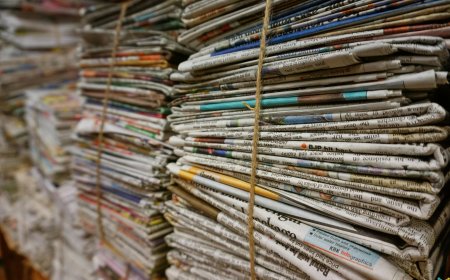An essay on man's relationship with animals
Exploring the complex relationship between humans and animals, from domestication and companionship to utilization and symbolism, revealing a deep interdependence
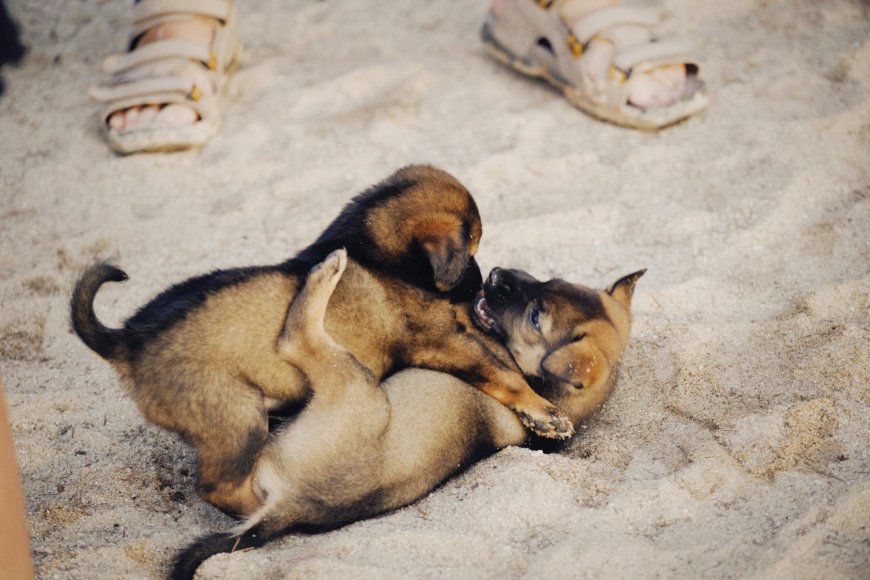
An essay on man's relationship with animals.
We all have had animals around us at least once in our lives. Pets have become so popular that people have gone from just pet dogs and cats to pet snakes, giraffes, and the popular pet lion owned by the prince of Dubai.
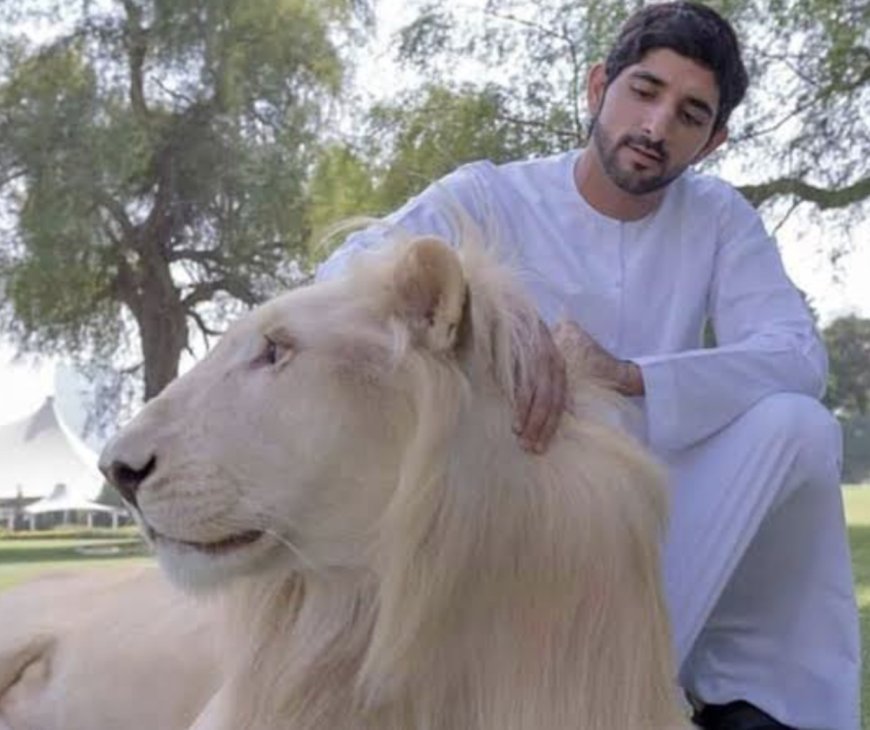
Humans are interdependent creatures. They are social creatures that cannot live in isolation, so they exist in groups. Family, friends, school, and work, humans need other creatures to survive. But have you ever wondered how this fundamental need for interpersonal connection extends beyond us, influencing the lives of other animals as well?
The earliest humans began interacting with other animals; they began walking the African savannah over two million years ago. It’s been a long and complicated relationship ever since.
Men, then, usually hunt animals mainly for food, hide as clothes, and bones for weapons. Man's domestication of animals began in the prehistoric age about thirty thousand years ago and it began when wolves started scavenging food scraps from humans. These early humans started providing shelter and protection for them thereafter these wolves helped the human hunters in gathering and they evolved over a thousand years to become the dogs we see today. So we have prehistoric men to thank for the existence of our furry friends.
In the modern day, other animals such as goats, hens, rabbits, and hamsters have been considered pets by a wide number of people but that is not exactly why they were domesticated. Chickens were domesticated from their ancestors, the red jungle fowl native to multiple areas in southeast Asia. They were bred for their meat and egg production. Goats' social nature and their adaptability made it a lot easier for early civilizations to tame them and breed them according to their needs and preferences. Domestication of cattle was a long slow process that started over ten thousand years ago but eventually led to the modern cows we see today. Other animals we see today were also slowly bred and domesticated from their wild counterparts to give the docile ones we see and live around today.
Usually, animals are domesticated for their milk, meat wool, or labor like modern-day cows used in farms. So why then were cats domesticated?
The first evidence of human stores of grain came from Israel about 10,000 years ago, and it is known that the development of grain stores caused an accumulation and rise in the population of the house mouse. It is this rise in the rodent population that is thought to have first attracted wild cats into proximity to humans. Domestic cats scientifically known as Felis cattus as a species have thus arisen through wildcats living closely with humans. However, this cannot be regarded as ‘domestication’ in the same way that dogs and other animals have been domesticated. In general, cats have not undergone major changes during domestication and their form and behavior remain very similar to that of their wildcat ancestors. They remain perfectly capable of surviving in the wild, and indeed many revert to a feral or wild existence.
The relationship between humans and animals goes beyond just rearing for food and fur. Animals have also helped as a means of transportation. Before cars were invented in the 1900s, humans had long been using animals for transportation. Camels in the Saharan parts of Africa were used to navigate the desert plains as they are resilient creatures tall and sturdy and can go days without food or water.

Similarly, donkeys were used in long-distance transport as were horses.
Animals were also used in wars. Horses were used as transportation means while dogs were used to protect the spoils gathered from enemy camps.
Pigeons were also used as messengers to deliver messages fast. Whereas in religions animals have been used to symbolize certain things. A dove represents peace and freedom while a lamb-like Jesus Christ has been symbolized to represent purity and innocence. The serpent as depicted in the story of Adam and Eve represents temptation, evil, and the devil.
This is a clear sign that religion affects man's relationship with animals as even today snakes are still being killed even the non-venomous and harmless snakes simply because of man's mental association of it to the devil. This is sad but it's not as sad as the great cat massacre as ordered by Pope Gregory IX from 1227-1241 because he believed that cats house the spirit of Satan in them which eventually led to the mass extermination of domestic cats. This lack of cats then led to an overgrown population of rodents that indirectly aided the spread of the bubonic plague eventually leading to the death of 75-200 million people in Europe.
In all these, marine animals aren't left out. Goldfishes have become a common sight in houses because of their unique gold color and small size.
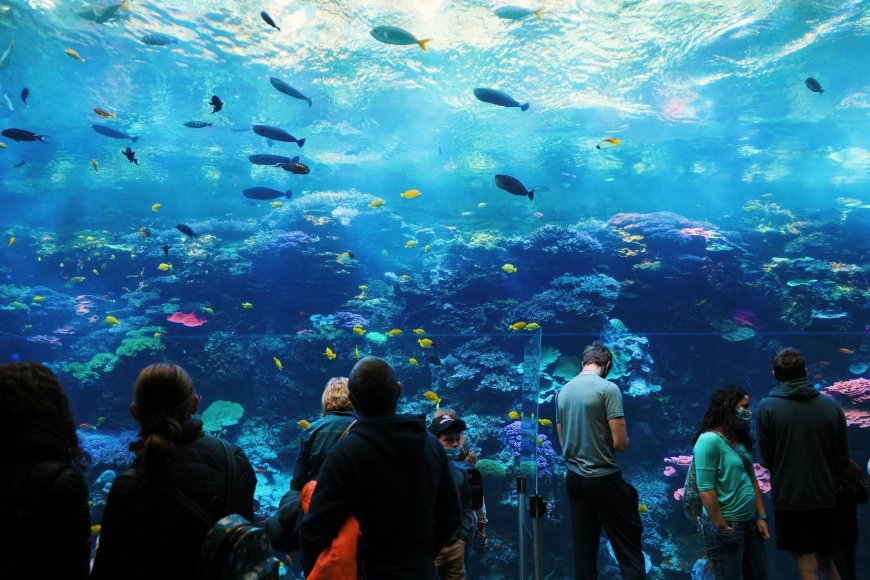
Like zoos, there are marine theme parks and large aquariums across the world mainly for human entertainment.
Fishes like catfish and tilapia are also popularly reared for their unique taste and nutrition.
But even free-range marine life has a unique relationship with humans. Dolphins have been said to help human sea vessels find their way or navigate rough seas. Sightings of some fishes also point humans to how close or how far they are from land.
Humans have a very complex relationship with other animals: from love, to hate, to even disgust or nonchalance. Either way, both humans and these animals need each other to survive. So the twisted and complicated relationship between humans and animals is not ending anytime soon.
What's Your Reaction?








